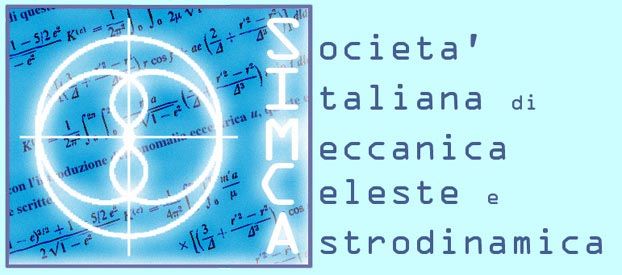Overview
Celestial mechanics is an object of study and inspiration for mathematicians and astronomers. It led to the development of new branches of mathematics, such as chaos theory and algebraic topology. More recent achievements include a deeper understanding of our solar system, of the resonances at the origin of the chaotic behaviour of celestial bodies, in particular the chaotic motions of the inner planets and the potential collisions between planets and asteroids or comets, the study of the variations of the orbit of the Earth and of its obliquity in relation with its climate and glaciations over history, the role of the Moon in stabilizing the obliquity of the Earth. It also includes successfully sending people to the Moon, building the International Space Station, observing the universe with the Hubble telescope, and launching missions towards the depths of our planetary system.
Celestial mechanics and techniques of the N-body problem have also helped with the development of the semiclassical theory of atomic and molecular systems with applications towards understanding the dynamics of atoms and molecules, Coulomb systems and the spectra of atoms.
The program proposes a concentration of workshops, international conference, public lectures, summer school, and other events through 2013 in celestial mechanics and its related fields in order to support several highly dynamic scientific research areas.





